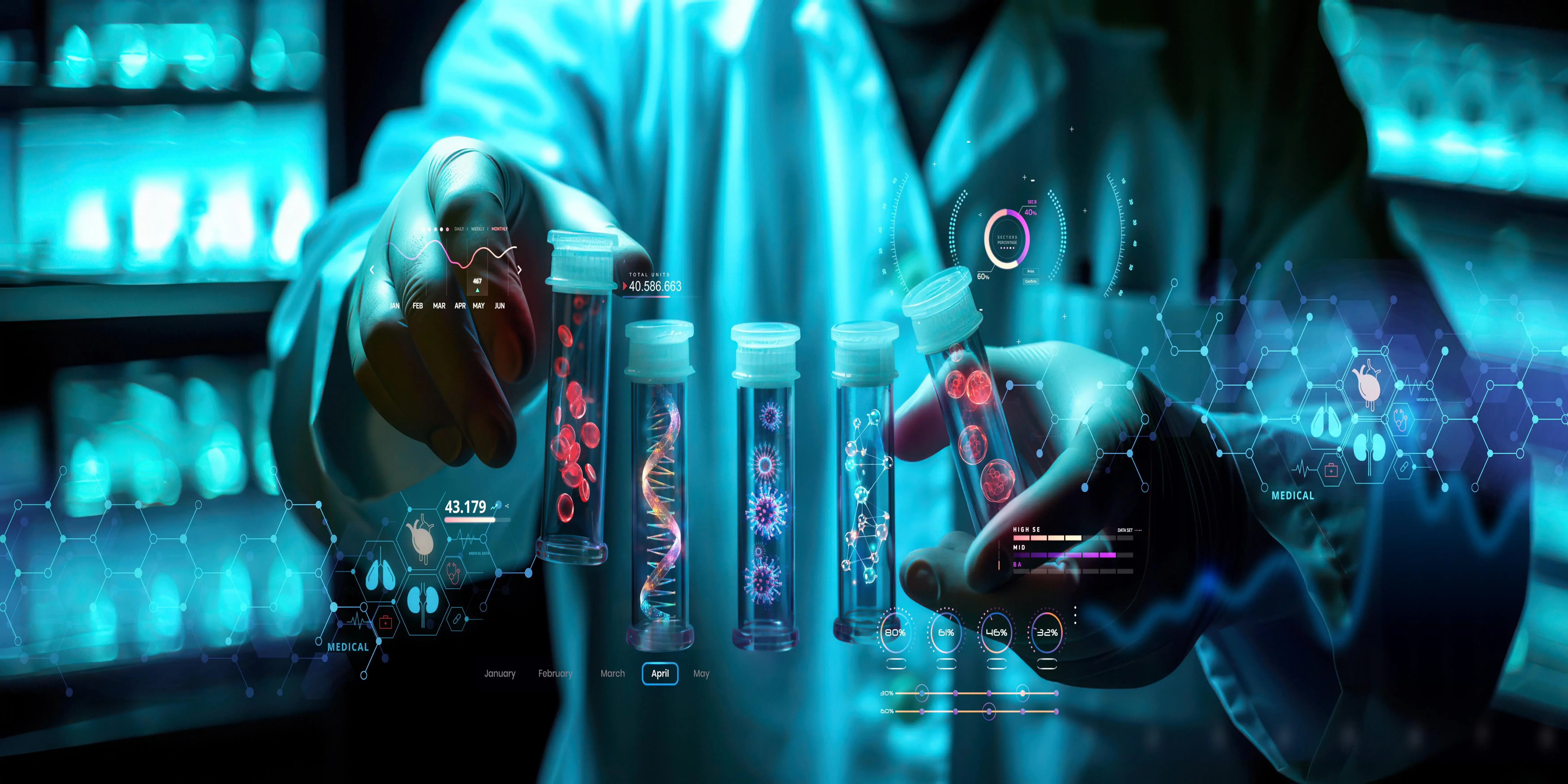Specimen collection is the heart of laboratory research and diagnostic medicine. According to reports, the accuracy of a laboratory test or even its reliability in the first place depends on how samples are collected, handled, and delivered. This article gives an in-depth explanation of the process of collecting laboratory specimens, drawing down methods and best practices to ensure dependable results from quality specimens.
Understanding Lab Sample Collection
Samples Types
Some samples in the lab might be unique in their own way, mainly because of sample diversity which ranges between blood, urine, saliva, tissues, and environmental samples. For every one of the above types, there have to be special methods; care is taken when taking samples so that the integrity of the samples as well as the correct testing involved is upheld.
Importance of Proper Collection Techniques
Accurate sampling requires accurate collection. Impure methods of collection lead to contamination and degradation, besides compromising the amounts. Thus, it is essential to know about the subtleties involved in every sample so that you collect them effectively.
Universal Principles of Collection
Whatever the type of sample being submitted, there are a number of general principles that apply. For example, it is not just a matter of accurately identifying the patient but also ensuring that aseptic equipment is available and some precautions are taken for each type of specimen which might prevent their contamination.
Preparation for Lab Sample Collection
Patient Identification and Consent
Improve patient safety and eliminate confusion by proper identification of patients. Identify the patient through two indicators like patient's name and date of birth. Obtain informed consent: Focus on the importance of the procedure, and explain to the patient in detail.
Collecting Equipment and Materials
All the required materials should be gathered before starting the collection process. That could mean gloves, sterile swabs, collection tubes, or specialized equipment for a certain sample type. All items should be sterilized and not past the expiration date.
Knowledge of Specific Collection Protocols
All testing is different in the need for sample collection. For example, while there is a need for fasting in the case of tests on blood, there is a specific requirement concerning the timing in the case of urine tests. Familiarize yourselves with the principles in order to ascertain that the samples you collected are precise and reliable.
Collection Techniques for Various Sample Types
Blood Specimen Collection
Venipunctures, the procedure of inserting a needle into the veins, usually in the arm, is one of the most common methods of collecting blood samples. Care should be taken since the appropriate collecting tube would be used based on the type of analysis to be done. To lighten the anxiety, make the patient relaxed and let him explain the procedure before beginning to do it.
Collection of Urine Sample
There are several ways by which urine samples can be obtained, namely catheterization, clean-catch midstream, and 24-hour collection. Every technique has elaborate instructions to avoid contamination. Advocate for the patient to clean the genital region and collect urine samples without touching the container if it is a clean-catch midstream procedure.
Saliva Sample Collection
Saliva samples are often drawn using specific acquiring tools. Patients should not eat, drink, or smoke at least half an hour prior to the collection. Instruct the patient to produce saliva straight into the collecting container to eliminate contaminants in the sample.
Handling and Transport of Specimens
Labelling and Recording
The individual's name, the date, the time of collection, and the nature of the sample should be written on each label of the sample. Samples will only be traceable and traceable in case of testing in case there is proper documentation.
Temperature and Environmental Control
Multiple samples have to be moved in compliance with minimum temperature variables. For example, some of the blood samples have to be cooled, and others at room temperature. To ensure the survival of the samples, the following has to be carried out as instructed.
Timely Transportation to the Laboratory
Samples should be sent over to the laboratory as soon as possible. If procedures for rapid transfer are established, then there is a better possibility that test results will be much more accurate and there is less likelihood of it spoiling.
Conclusion
Accurate methods of collecting lab samples are a way to ensure that results obtained from diagnostic tests enhance betterment in patient care. With knowledge of the different techniques for collection, correct handling of specimens, and best quality control processes being in place, doctors can easily make their diagnostic tests much more reliable. Continuous education and best practices help foster a culture of excellence in collecting lab samples.



